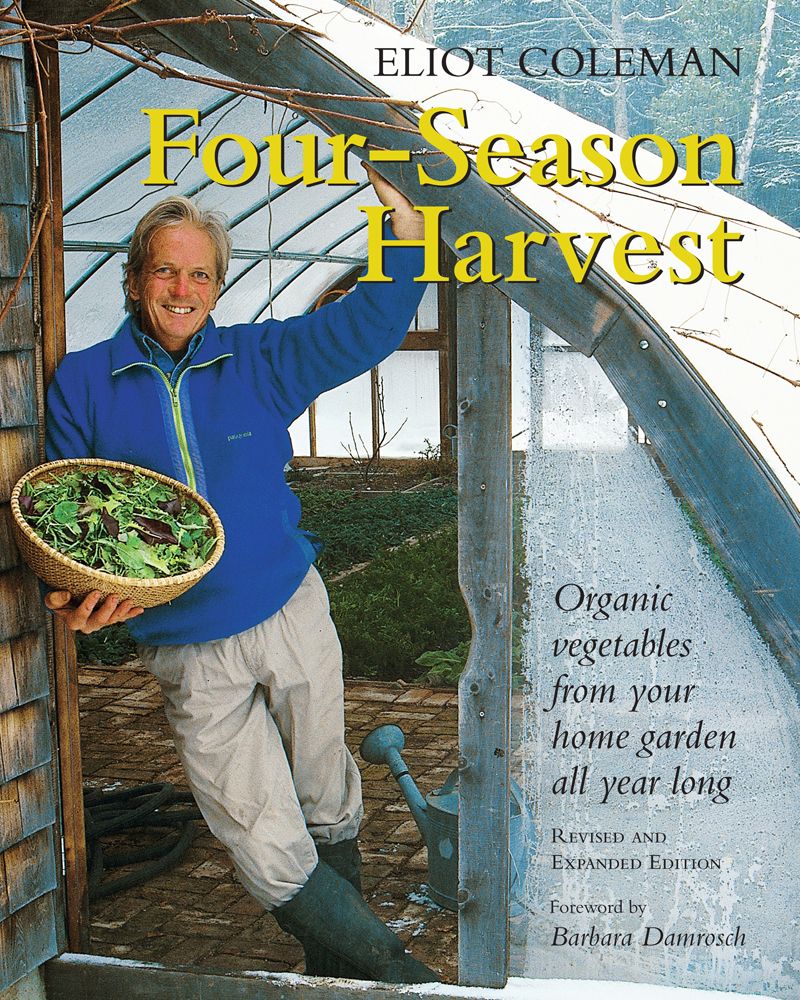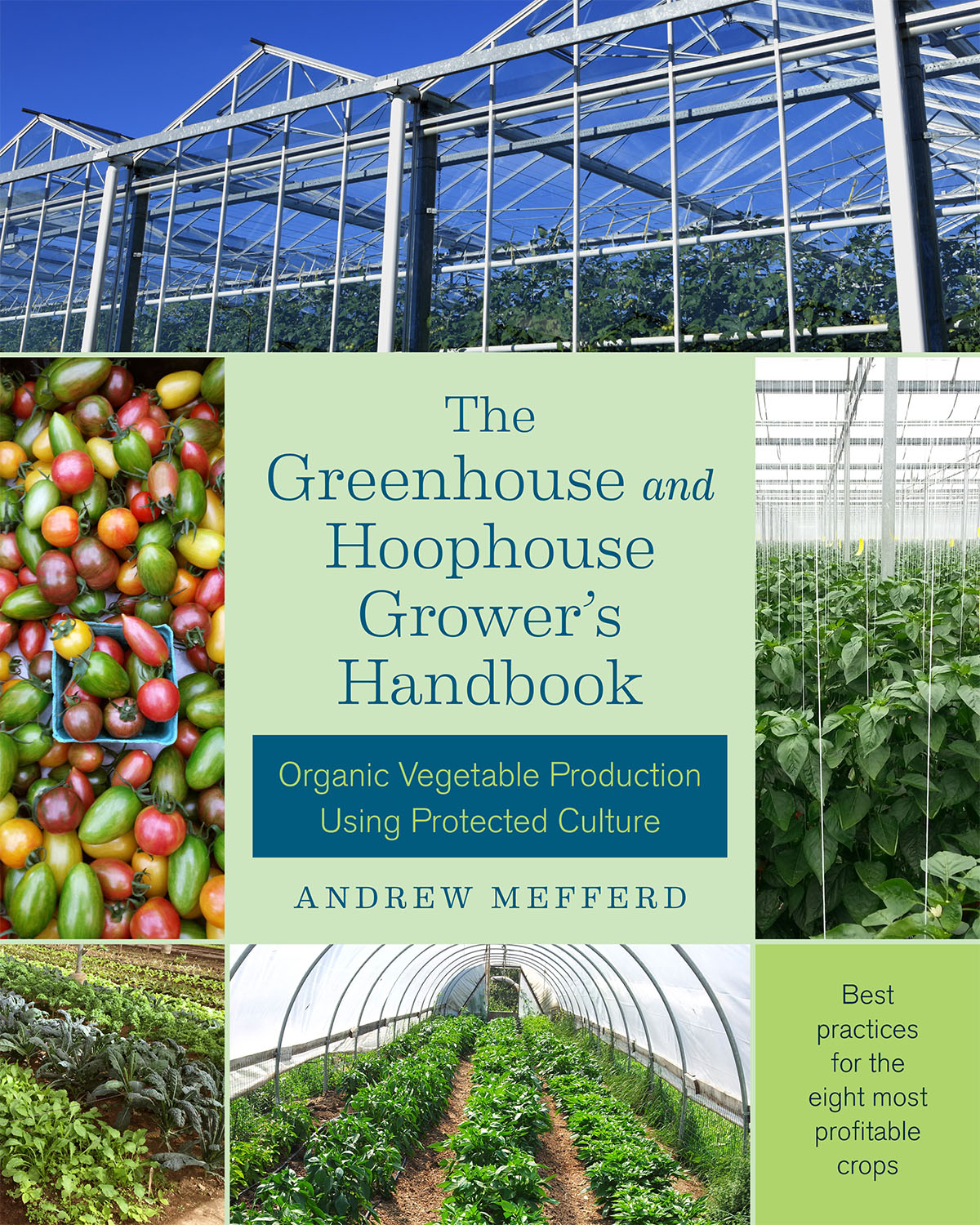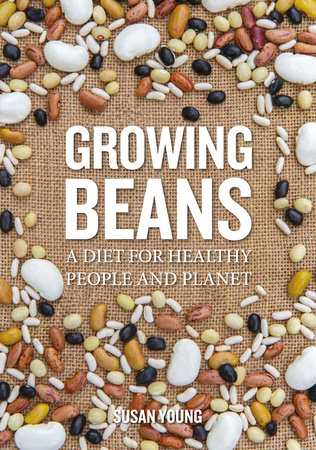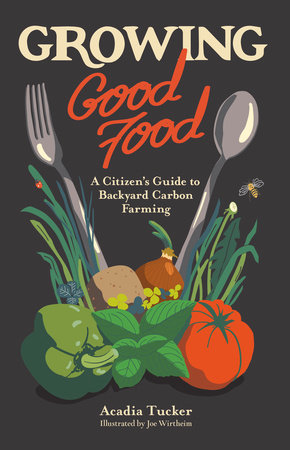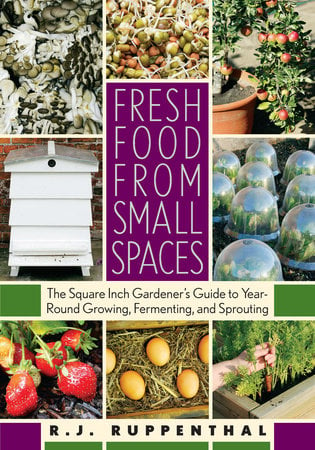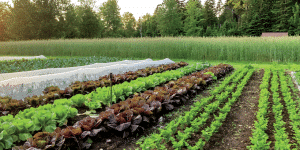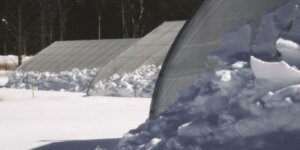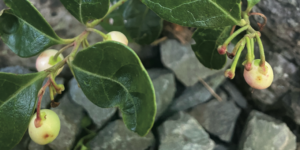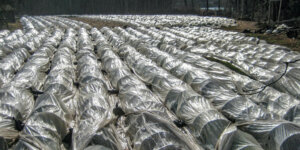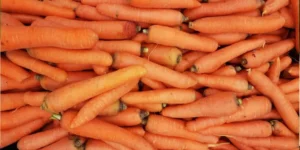Four Books for Growing Food in Winter
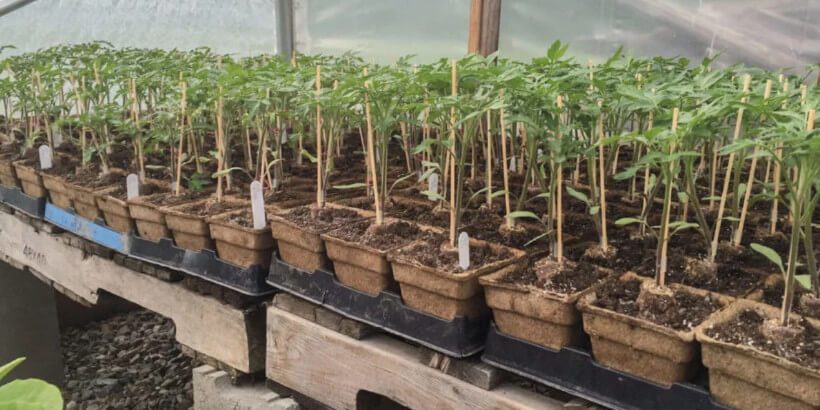
Don’t let cold weather stop you from enjoying and growing food! For many, the coming of winter simply means cultivation moves indoors or under cover. Small farmers, homesteaders, home gardeners, and commercial growers can extend the growing season by following just a few of the techniques outlined in the books below. And, there’s no need for urbanites and small-space dwellers to feel left out – you, too, can celebrate a winter harvest by growing fresh produce indoors all year round with help from our Farming & Homesteading and Gardening books.
If you love eating home-grown vegetables but always thought you had to stop at the end of summer, this book is for you. Eliot Coleman introduces readers to the surprising fact that most U.S. states receive more winter sunshine than the south of France. In his book, Four-Season Harvest, Coleman shows how North American gardeners can successfully use that sun to raise a wide variety of vegetables during the winter months by using backyard cold frames and plastic covered tunnel greenhouses without supplementary heat.
Featured Excerpt:
Gardening Tips from Eliot Coleman: How to Start Seedlings in a Cold Frame
Don’t have space for a full-size garden? Or are you looking for ways to increase your access to fresh greens all year long? Year-Round Indoor Salad Gardening offers good news: with nothing more than a cupboard and a windowsill, you can grow all the fresh salad greens you need for the winter months (or throughout the entire year) with no lights, no pumps, and no greenhouse.
Most techniques for growing what are commonly referred to as “microgreens” left him feeling overwhelmed and uninterested. There had to be a simpler way to grow greens for his family indoors. After some research and diligent experimenting, Burke discovered he was right—there was a way!
Featured Excerpts:
Grow a Year-Round Indoor Salad Garden, even in winter
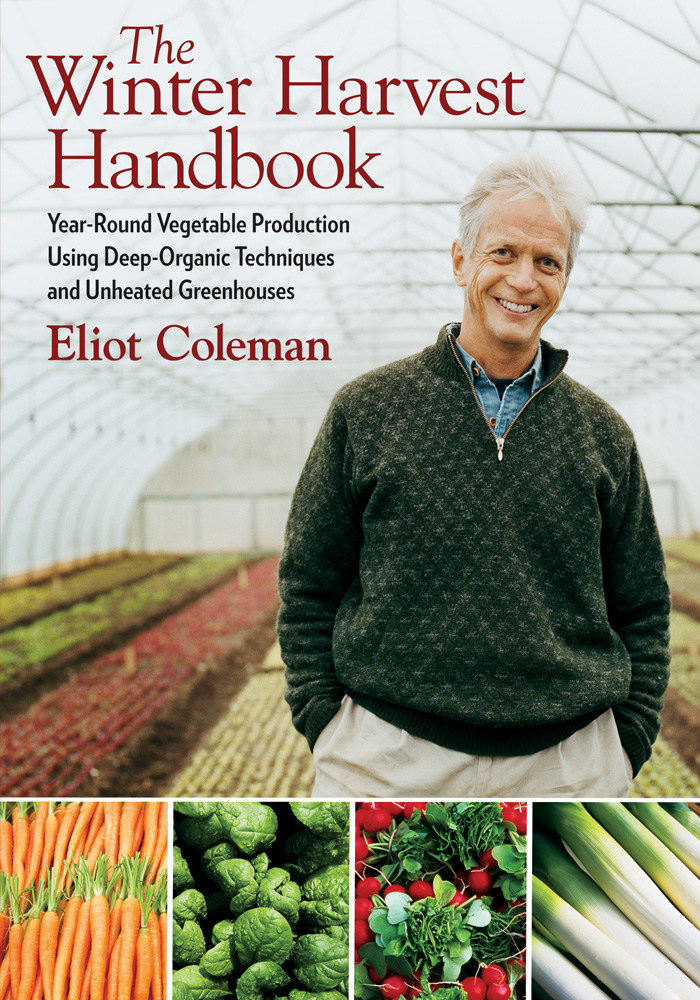 Celebrated farming expert Eliot Coleman helped start the organic farming movement 30 years ago with his book, The New Organic Grower. Now there is a revised and updated version, The New Organic Grower, 3rd Edition, with even more tips, tricks, and tidbits! He continues to lead the way, pushing the limits of the harvest season while working his world-renowned organic farm in Harborside, Maine.
Celebrated farming expert Eliot Coleman helped start the organic farming movement 30 years ago with his book, The New Organic Grower. Now there is a revised and updated version, The New Organic Grower, 3rd Edition, with even more tips, tricks, and tidbits! He continues to lead the way, pushing the limits of the harvest season while working his world-renowned organic farm in Harborside, Maine.
In The Winter Harvest Handbook, anyone can gain access to his hard-won experience. Gardeners and farmers alike can use the innovative, highly successful methods Coleman describes in this comprehensive handbook to raise crops throughout the coldest of winters.
Featured Excerpt: Can’t Find the Perfect Gardening Tool? Make Your Own
Today only a few dozen large-scale producers dominate the greenhouse produce market. Why? Because they know and employ best practices for the most profitable crops: tomatoes, eggplant, cucumbers, peppers, leafy greens, lettuce, herbs, and microgreens. The Greenhouse and Hoophouse Grower’s Handbook levels the playing field by revealing these practices so that all growers—large and small—can maximize the potential of their protected growing space.
Featured Excerpts: Sustainable Food From the Local Greenhouse
Recent Articles
No heated greenhouse? No problem! Discover the secrets to thriving winter gardening without breaking the bank.
Read MoreWintergreen is the stunning evergreen groundcover that’s a game-changer for your garden! It’s cherished for its aromatic leaves, vibrant fall color & bright berries.
Read MoreYear-round growth without the hefty price tag of a greenhouse? Low tunnels are the cost-effective and flexible solution you’ve been looking for. Grow year-round with low tunnels!
Read MoreGrow winter carrots for a sweeter & more flavorful harvest! Ditch the bland, store-bought carrots this winter! Grow your own winter carrots for a sweeter and more flavorful twist 🥕🥕
Read More

